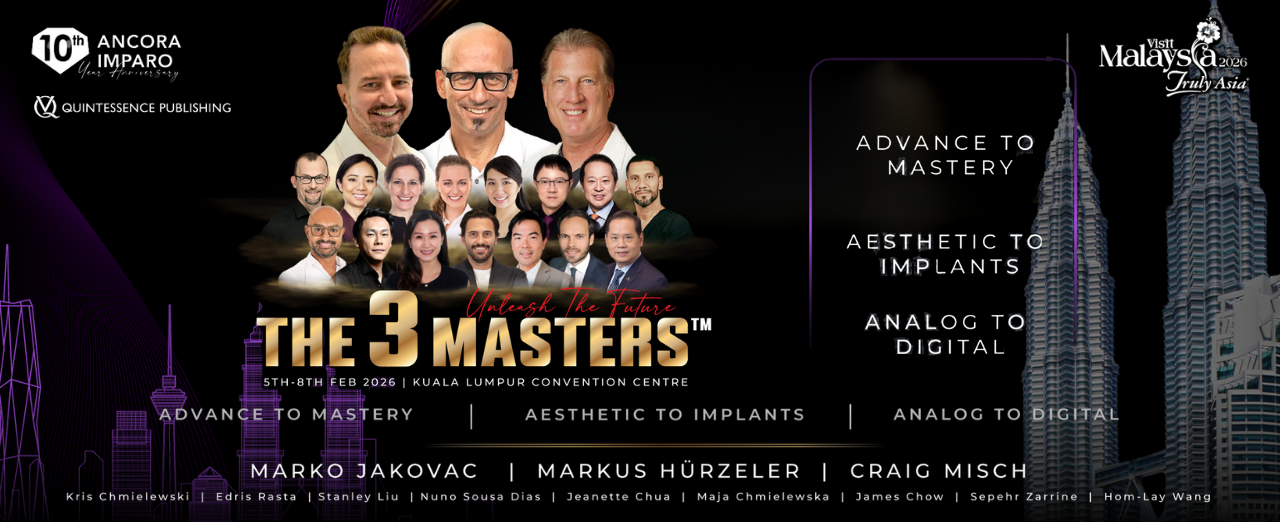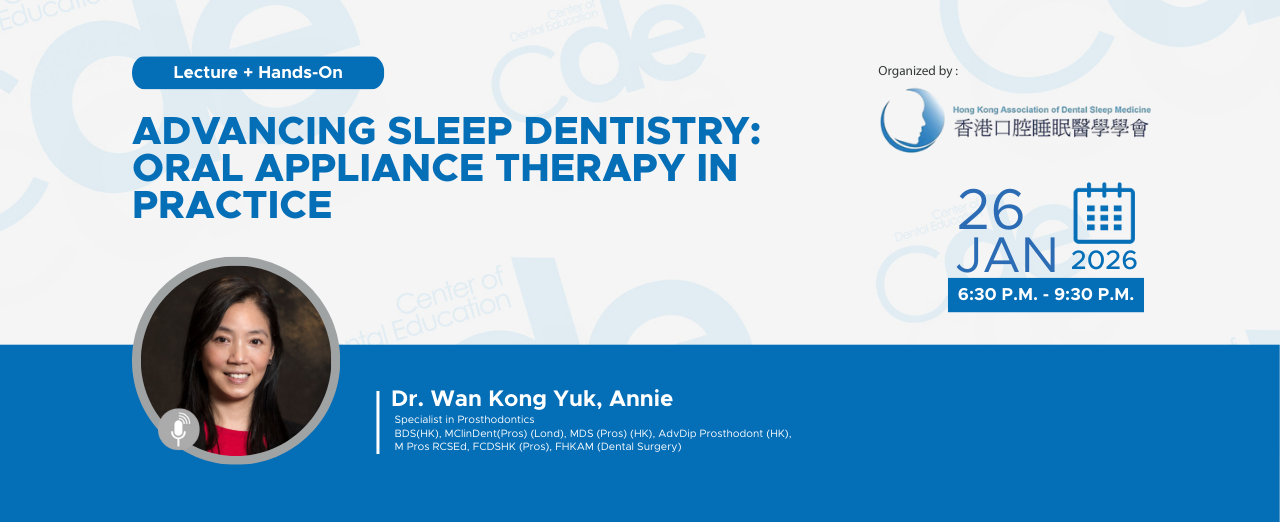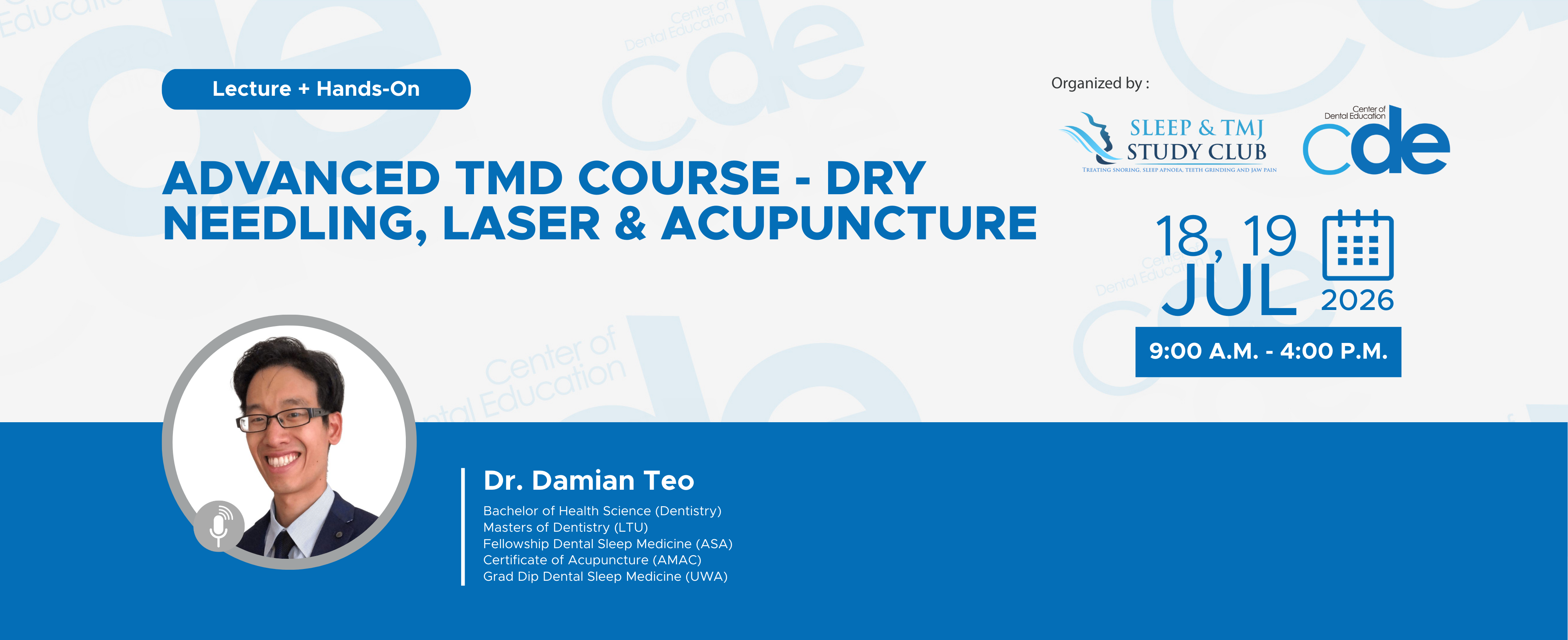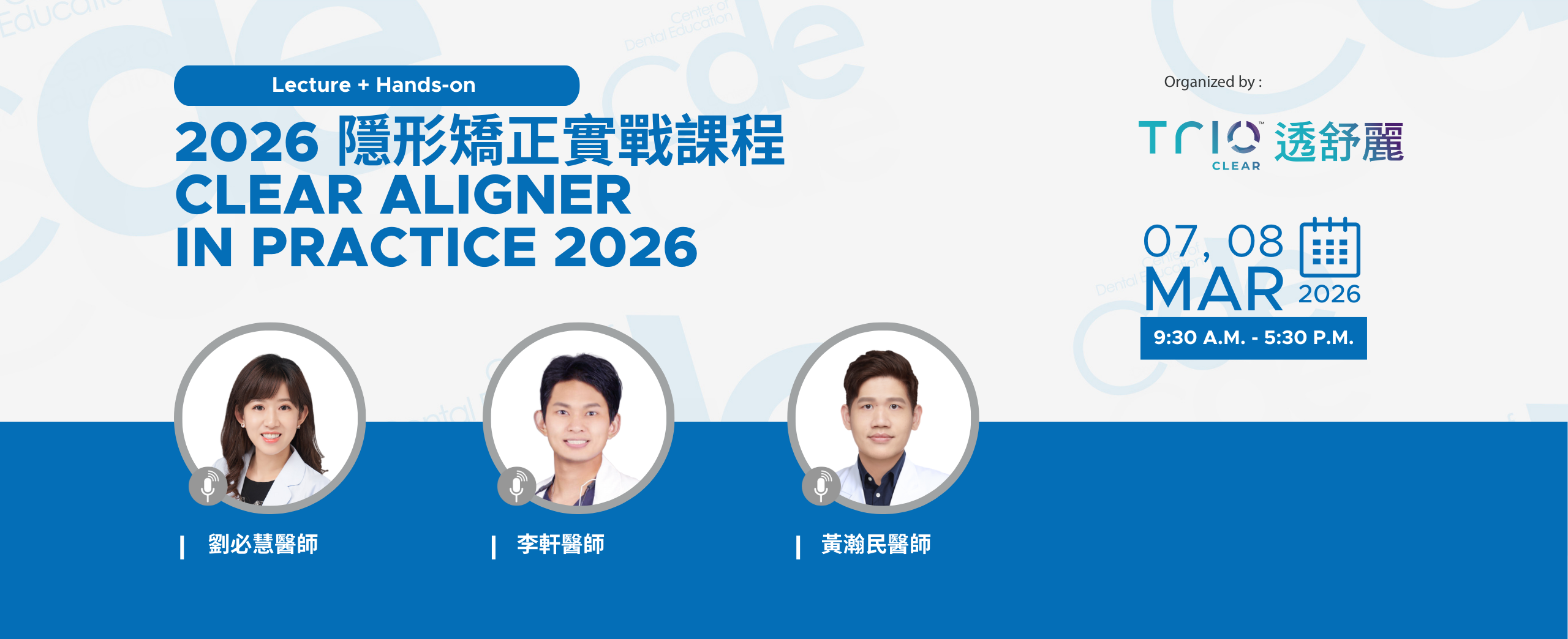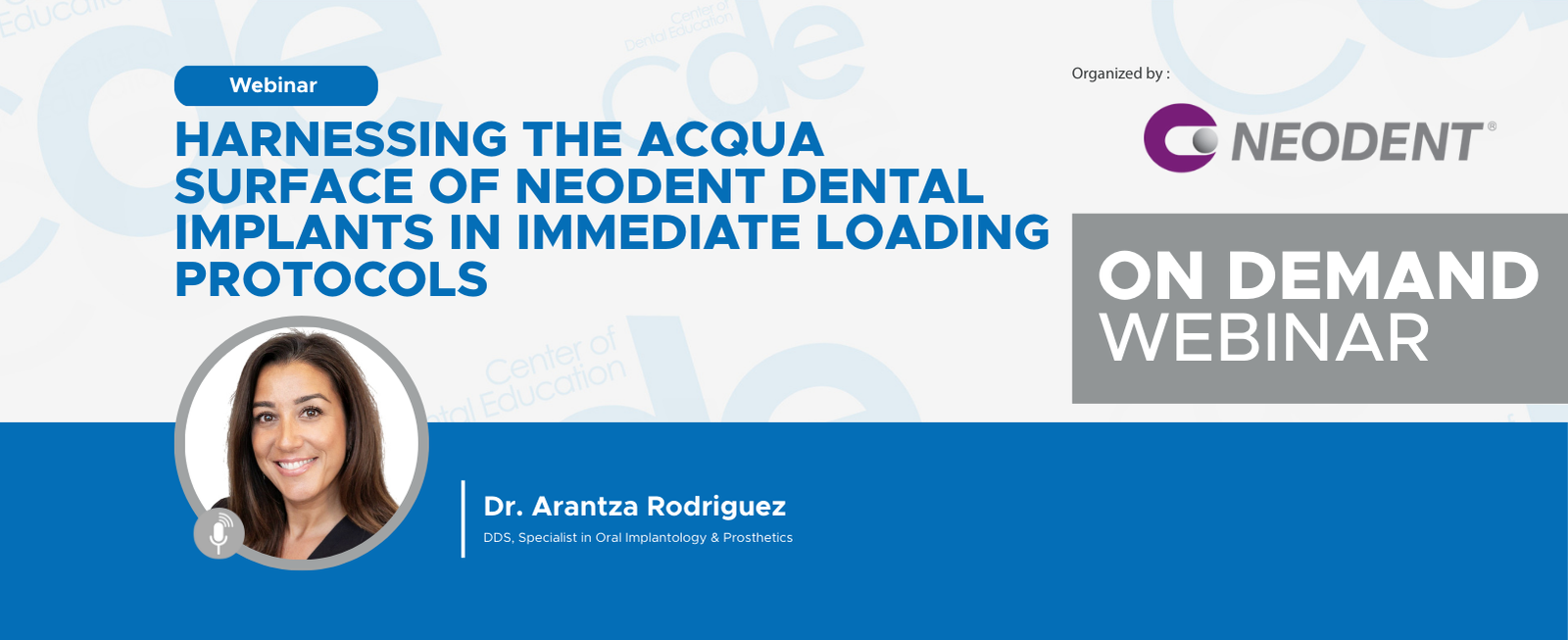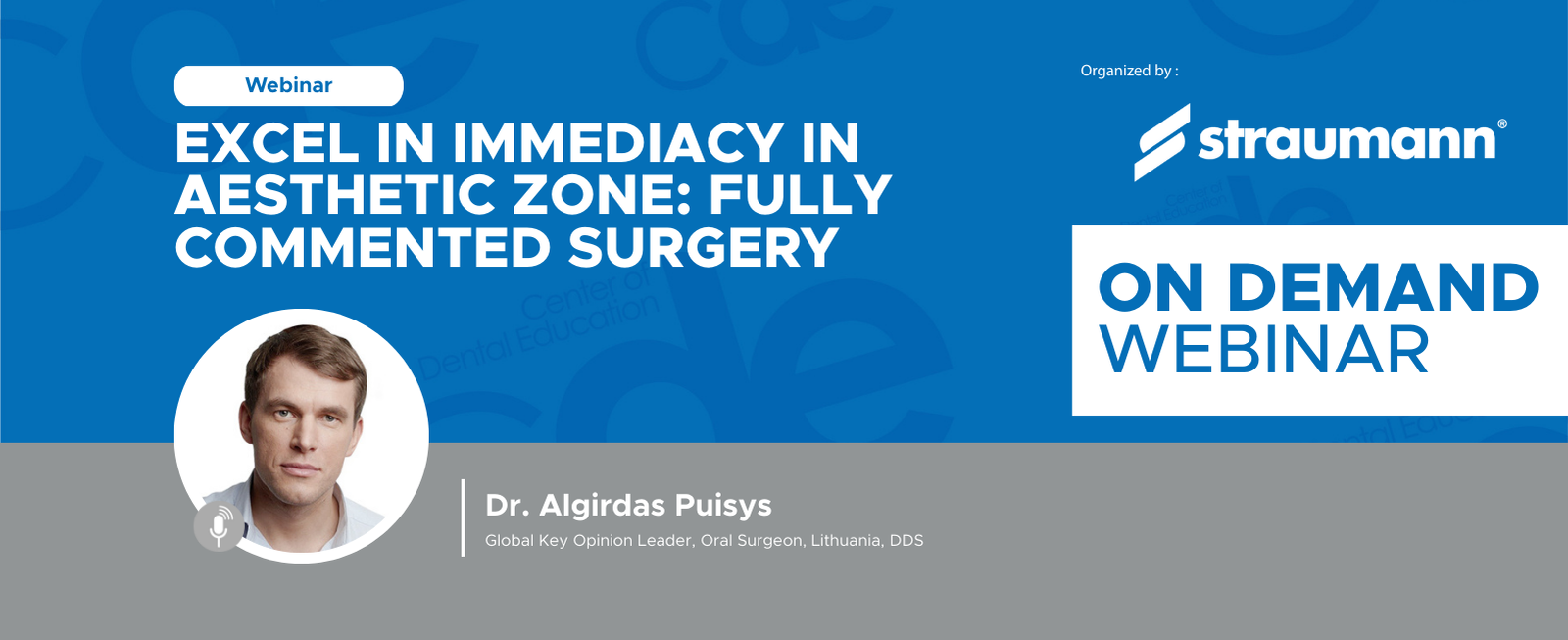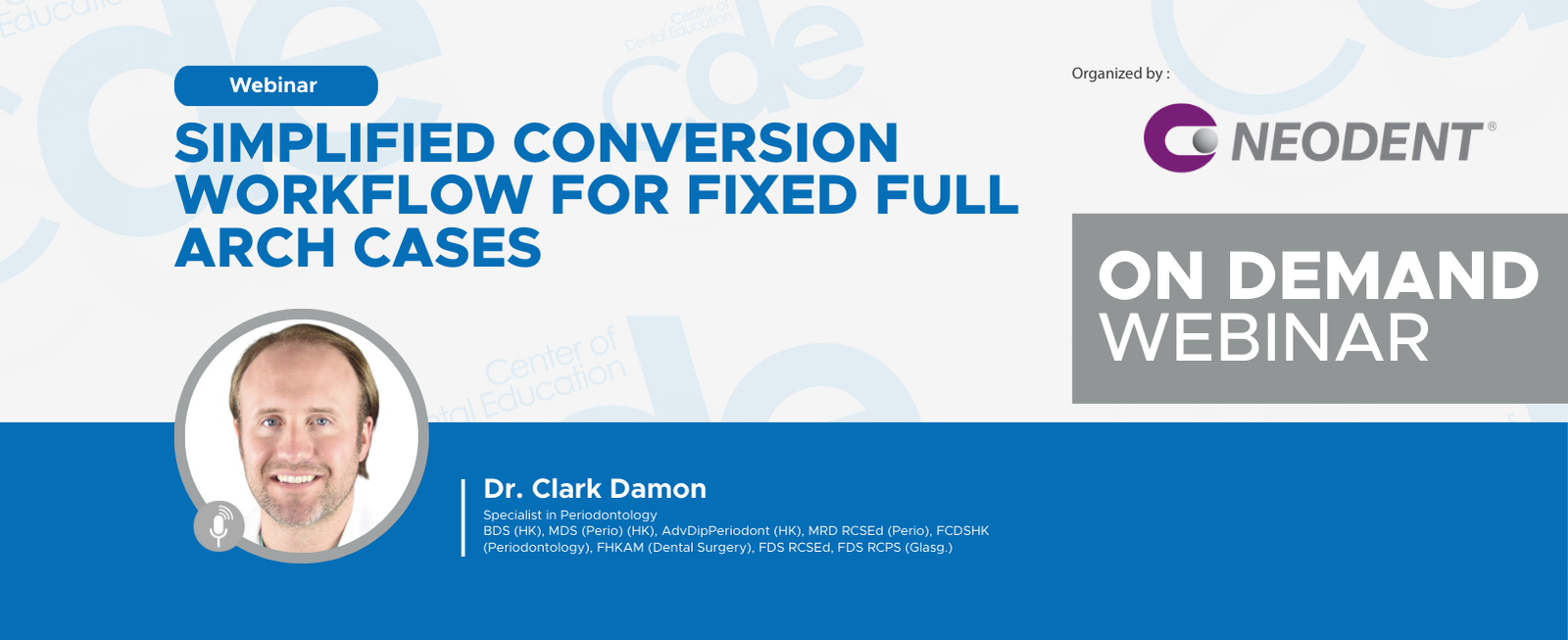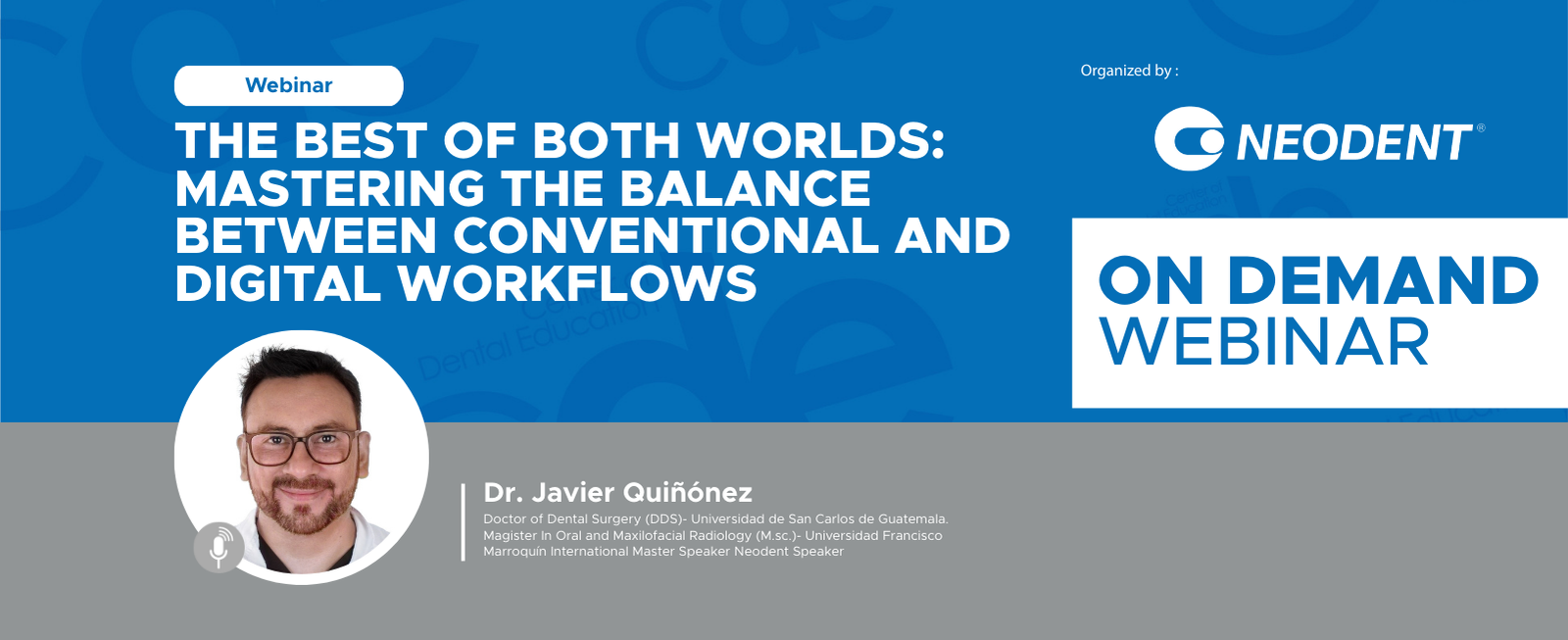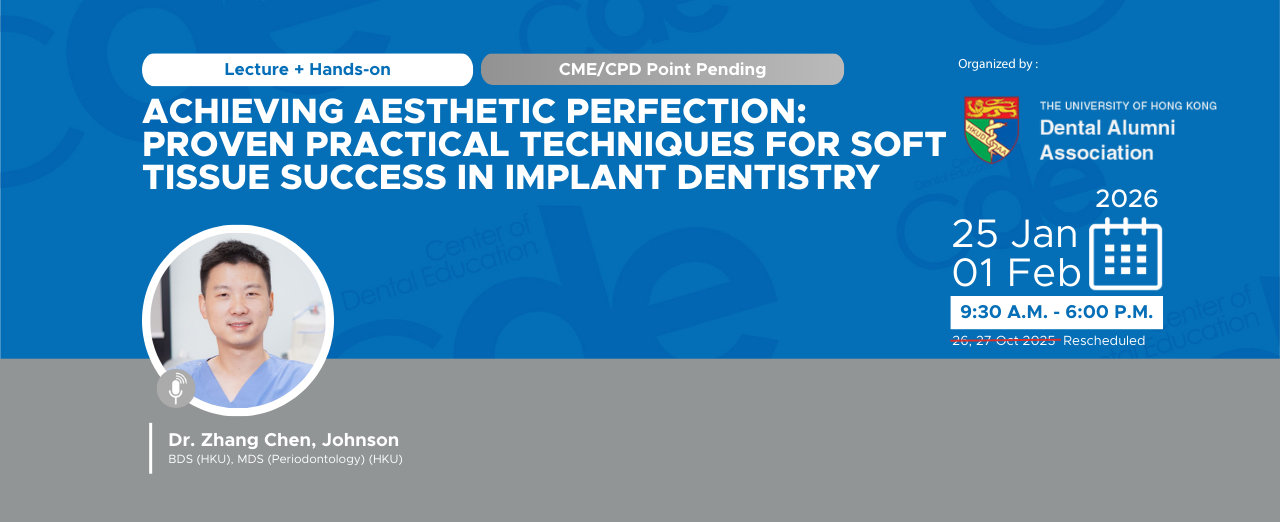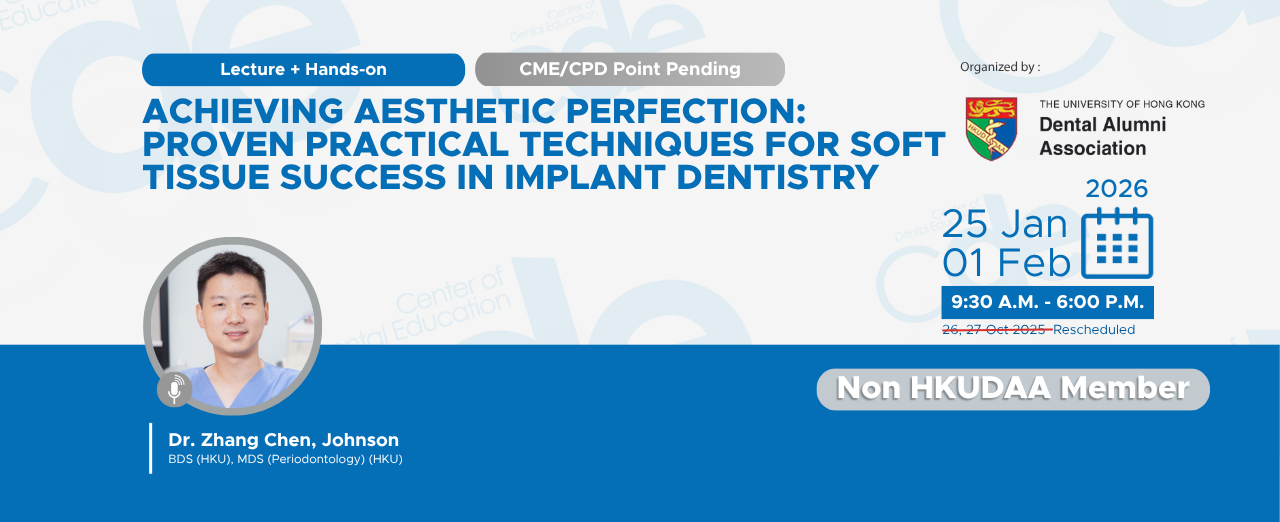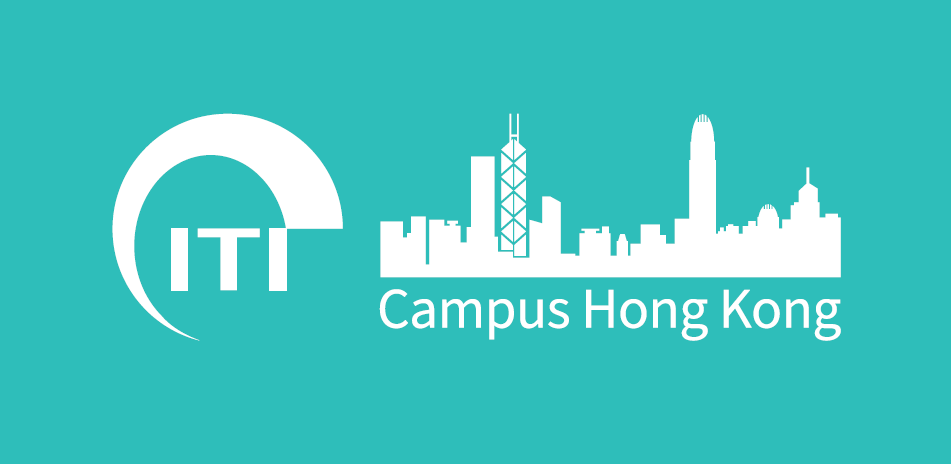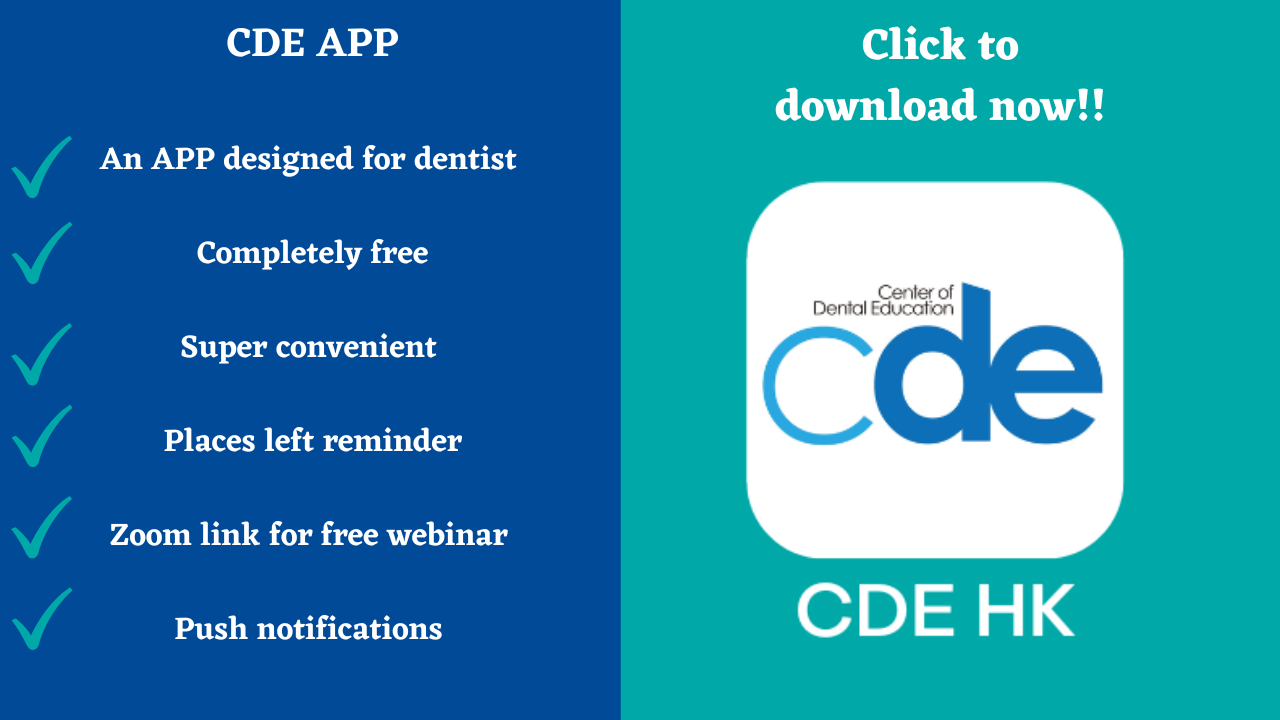Case of the Month with Dr. Johnson Zhang
20 Jul 2021
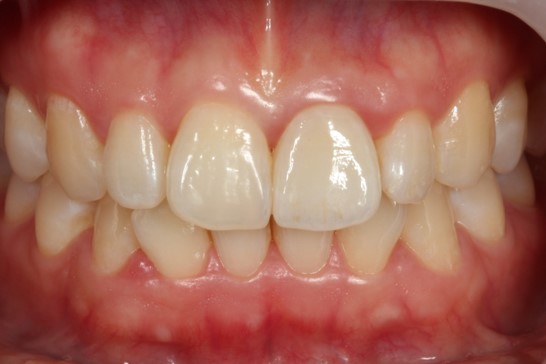
Esthetic Challenges of Immediate Implant Placement and Provisionalistation of Maxillary Anterior Single Implants
Tips to Share:
• Immediate implant placement and provisionalisation is a viable option for replace failing maxillary anterior teeth.
• Chairside provisionalization can provide aesthetic solution and maintain the gingival contour around the previous crown.
• Customized chairside impression copings preserve soft tissue and transmit contours to the lab.
Initial Situation Description:
The patient presented with marginal gingival inflammation around the #21 crown.
Clinical and radiographic examination revealed increased pocket depth, deep subgingival fracture, and secondary caries on #21 crown.
After presenting possible treatment options, the patient chose the treatment plan as follows:
1. Extraction of #21
2. Immediate implantation as possible
3. Simultaneous hard and soft tissue augmentation as needed (soft tissue graft was not placed during implant placement since the gingival tissue was still inflamed. The need for soft tissue graft can be reassessed later)
4. Chairside immediate provisional crown with bis-acrylic material and temporary abutment
Surgical procedure:
Atraumatic extraction and implant placement with Xenografts fill the gap to socket wall.
Customized chairside impression copings preserve soft tissue and transmits contours to the lab
View of
provisional 3 months after implant placement
View of
permanent crown 6 months after implant placement
CBCT image
pre-op
CBCT image
post-op
Conclusion:
Dental implants in upper anterior area are aesthetically challenging. Post extraction socket preservation with later implant placement (4-6 months post extraction), early implant placement (4-6 weeks post-extraction) with contour bone augmentation used to be our clinical choices.
However, all these approaches require non-implant supported temporaries and a time-consuming soft tissue molding period. Immediate implant placement with a chair-side provisional crown offers benefits like minimal surgical trauma, simplified soft tissue molding and immediate implant-supported aesthetic provisional. With careful case selection and treatment planning, this is a viable treatment modality in aesthetic zone.
"Which are the difficulties or challenges of this technique colleagues should be prepared for?"
The common difficulties for immediate implant in aesthetic zone:
1. Preserve buccal plate during extraction. Clinicians should plan this part carefully, like consider tooth sectioning, and clinicians also need to prepare proper tools like osteotome to carry out the extraction plan.
2. Accurate implant site preparation at fresh extraction socket is always difficult. Clinician can use a sharp end pilot drill to start the preparation palatally to avoid slipping during preparation or use guided surgery to ensure accurate preparation.
3. Temporary crown construction may give clinicians a lot of pressure. A preformed temporary crown with a template or anchored to adjacent teeth is advantageous in this case.
"What are the key advantages of this technique and which the major risks?"
The key advantages of this technique are from two aspects. Firstly, patient’s comfort. There is only one surgical procedure during the whole treatment modality, and usually minimal post-surgical pain or swelling is experienced since no flap is raised and the periosteum is intact. Patients who received treatment usually give very positive feedback from author’s experience. Second, this treatment modality saves a lot of clinical time. Another clinical choice is early implant placement combined Contour bone augmentation procedure, in which clinician needs to perform a flap procedure with periosteum releasing, use graft material and primarily close the wound, give at least 2-3 months healing time. Moreover, clinician needs to use a newly made temporary crown to mold the soft tissue afterward which usually requires several visits of modifications to achieve the satisfactory aesthetic result. However the immediate approach give clinician the chance to mold soft tissue with a temporary crown which can copy the configuration of extraction socket at the very first day of treatment, and this temporary crown usually need minimum modification according to author’s experience. Apart from the above advantages, we must understand the immediate approach is also very challenging and has more limited indications. Pre-treatment assessment and case selection are key. We also need to bear in mind that the plan may not be carried out successfully all the time and a contingency plan is needed if the attempt of immediate implant placement and immediate temporary crown installation is failed. Besides, we also need to predict and observe the buccal volume after treatment. In author’s practice, CTG graft with a tunneling technique will be done simultaneously for thin biotype cases to boost the buccal volume. For cases without soft tissue graft, author will review the patient regularly and consider soft tissue graft procedure if the buccal volume changes drastically.
